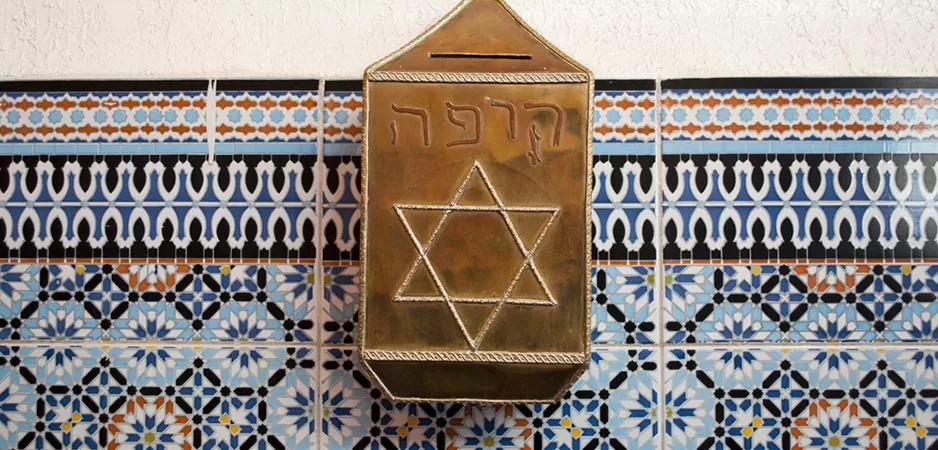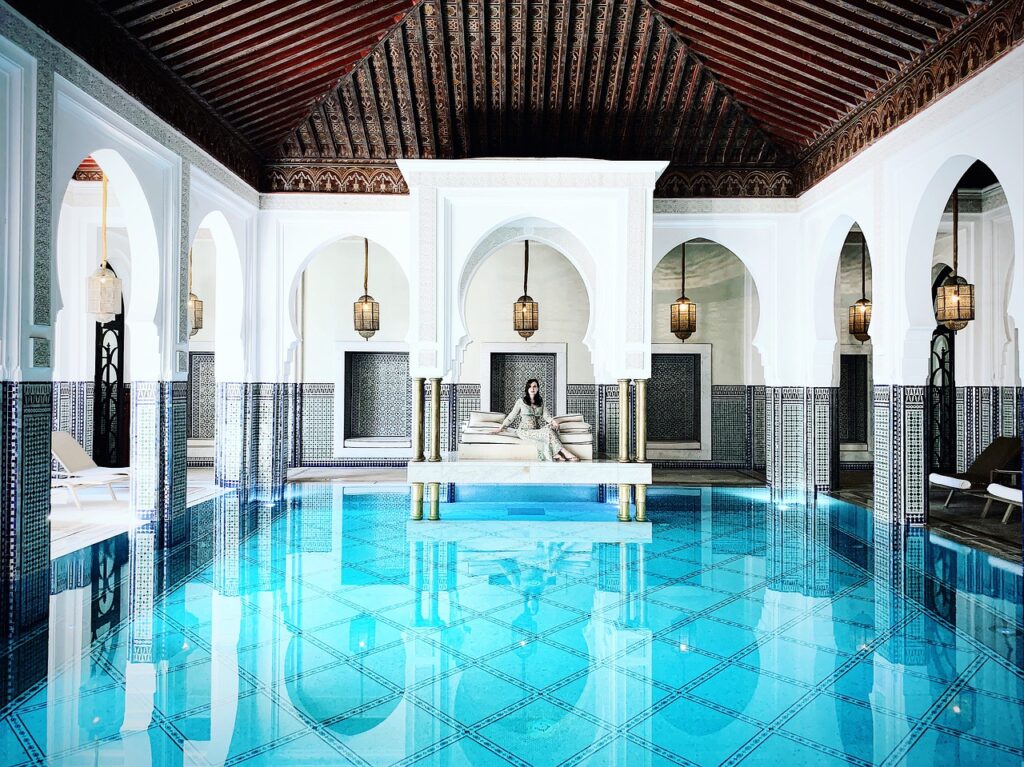Marrakech tour DESIGNER
Our Blog

Jewish heritage
Jewish community of Morocco has historical ties to the Maghreb region dating back more than 2,000 years. During World War II, the Late King Mohammed V famously rejected an appeal by the French Vichy regime to gather up Moroccan Jews for deportation, reportedly responding: “We have no Jews in Morocco, only Moroccans.”

Moroccan Rugs
Moroccan Rugs began with the Berber Tribes on the plains of Marrakesh and the rugged terrain of the High Atlas and Middle Atlas Mountains. Berbers are the indigenous people of Morocco, inhabiting the area long before the Arab invasion of the 7th century

Moroccan Argan Oil
Moroccan Argan Oil: Once upon a time, in the heart of Morocco’s arid land, tree-climbing goats played a vital role in the country’s lucrative Argan oil industry.

Moroccan Architecture
By its strictest definition, a Riad is an enclosed garden or courtyard (also spelled ‘Riyâd’ in some quarters). However, by popular usage, the term has come to represent traditional Moroccan homes, built around such an enclosure and more specifically those homes that have been renovated, restored, and opened to the public as intimate guesthouses.

Moroccan spices and herbs
The layered flavors of Moroccan cuisine typically take hours to develop; think of the famous tagines or b’steela, a savory pie made with saffron-spiced chicken (or pigeon) and sugared almonds. Spices play a big role in that layering, and you’d be hard-pressed to find a Moroccan dish that doesn’t include a good measure of them. We talked to the experts at the Spice House, a purveyor of spices, herbs, blends, and extracts, to find out which are the essential for Moroccan food.
